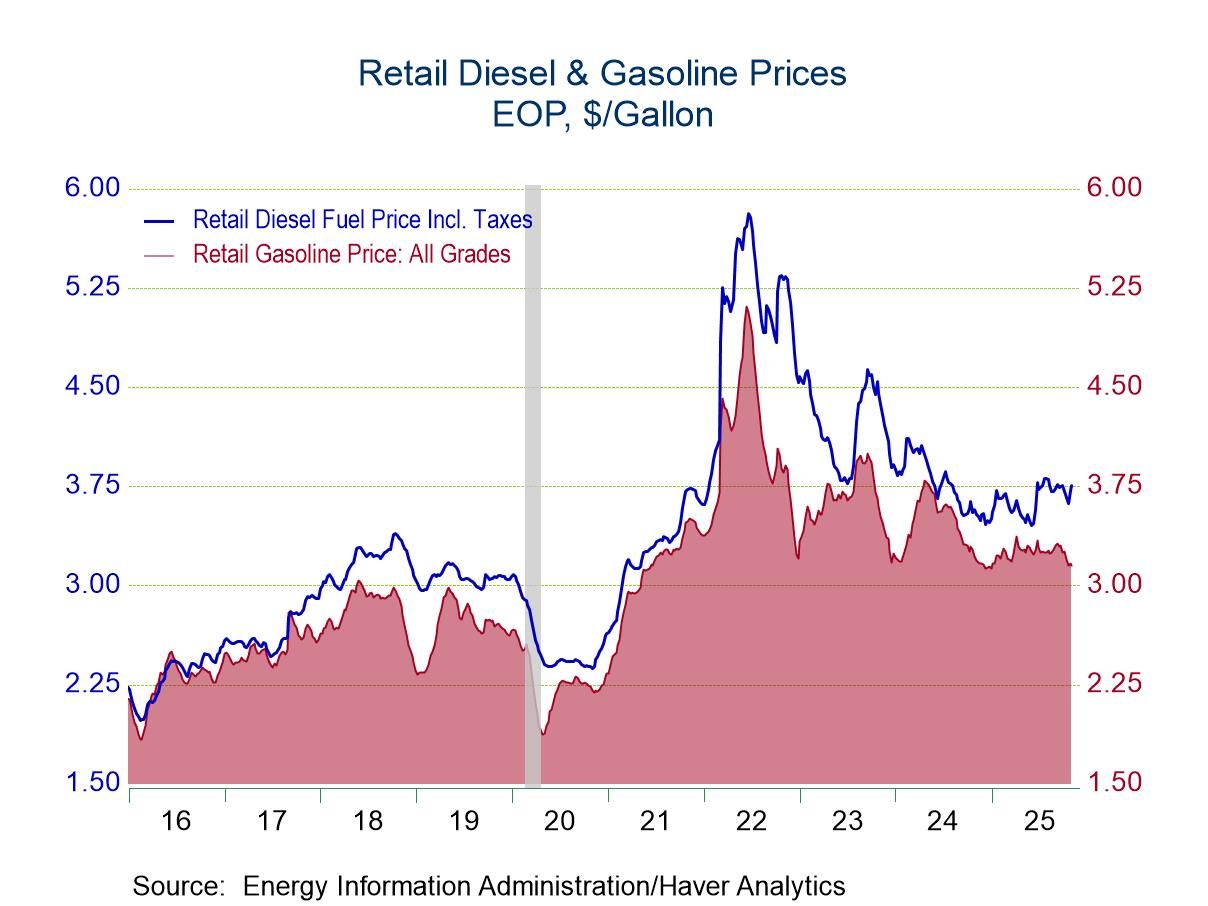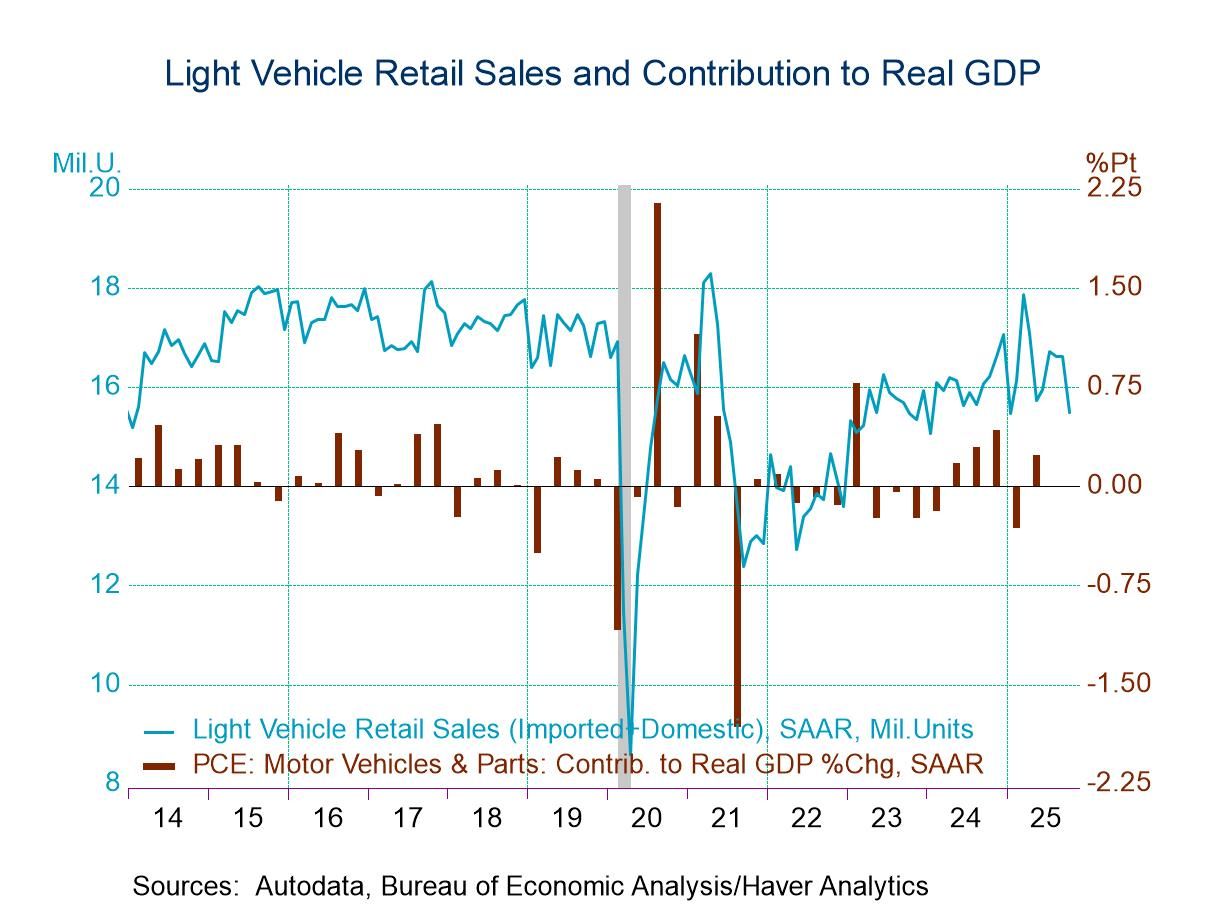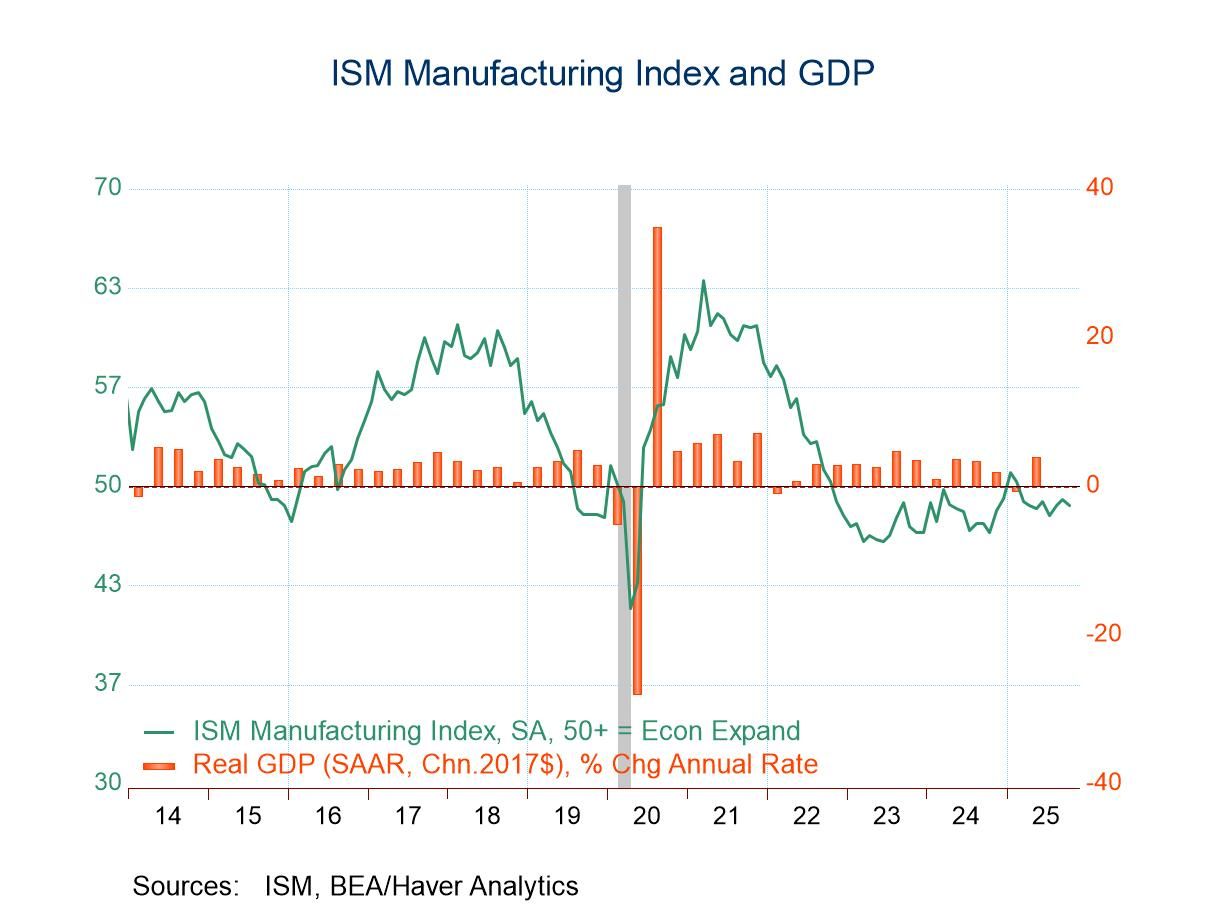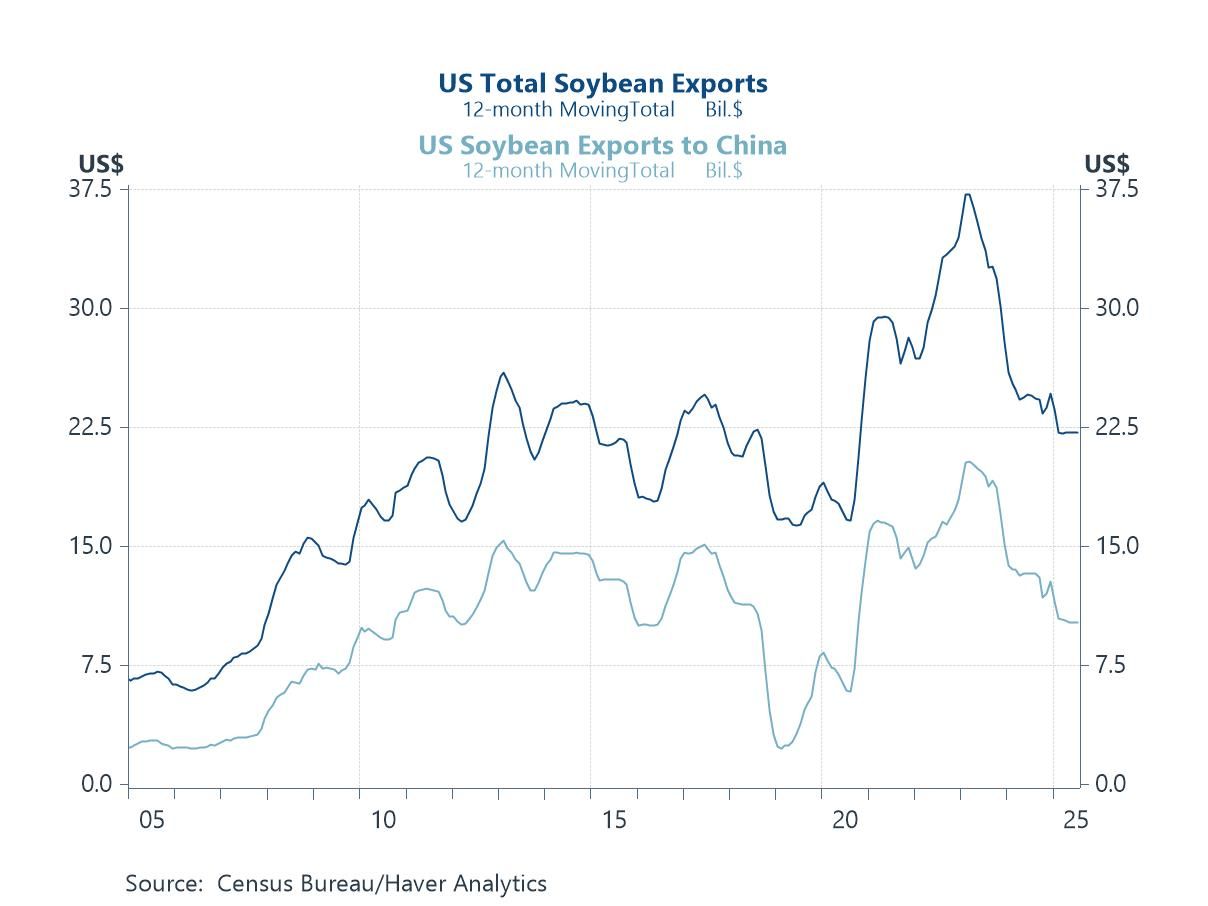 Global| Dec 16 2013
Global| Dec 16 2013U.S. Industrial Production Improves
by:Tom Moeller
|in:Economy in Brief
Summary
Industrial production jumped 1.1% last month (3.3% y/y) following a 0.1% October uptick, initially reported as -0.1%. A 0.3% gain had been expected in the Action Economics forecast survey. A 3.9% jump (2.9% y/y) in utility output [...]
 Industrial production jumped 1.1% last month (3.3% y/y) following a 0.1% October uptick, initially reported as -0.1%.
A 0.3% gain had been expected in the Action Economics forecast survey. A 3.9%
jump (2.9% y/y) in utility output provided strength to total production
last month. Additionally, factory output increased a firm 0.6% (2.9% y/y)
after a 0.5% October rise. These gains left three-month growth in factory
production at an improved 5.1% (AR).
Industrial production jumped 1.1% last month (3.3% y/y) following a 0.1% October uptick, initially reported as -0.1%.
A 0.3% gain had been expected in the Action Economics forecast survey. A 3.9%
jump (2.9% y/y) in utility output provided strength to total production
last month. Additionally, factory output increased a firm 0.6% (2.9% y/y)
after a 0.5% October rise. These gains left three-month growth in factory
production at an improved 5.1% (AR).
A 1.5% rise (2.7% y/y) in consumer goods production provided strength to the factory sector last month. It was led by a 3.3% increase (12.0% y/y) in automotive products, a 0.9% gain (9.1% y/y) in furniture & related products and a 0.9% rise (-0.1% y/y) in electrical equipment & appliances. In the nondurables area, textile output jumped 1.8% (0.3% y/y) and chemical output rose 0.9% (1.6% y/y). To the down-side, computer production slipped 0.1% (+4.2%) and apparel output fell 0.3% (+4.9% y/y). Factory sector production excluding the motor vehicle & high tech industries gained 0.3% (2.3% y/y).
The capacity utilization rate jumped to 79.9% led by the jump in utilities to 81.0%. In the factory sector, the utilization rate rose moderately to 76.8%. The electrical equipment industry is producing at 81.3% of capacity while motor vehicle businesses are at 78.4%. Also, the apparel industry is producing at 74.7% of capacity. Overall industry capacity rose 1.8% y/y last month while factory sector capacity increased 1.6% y/y.
Industrial production and capacity data are included in Haver's USECON database, with additional detail in the IP database. The expectations figure is in the AS1REPNA database.
| Industrial Production (SA, % Change) | Nov | Oct | Sep | Nov Y/Y | 2012 | 2011 | 2010 |
|---|---|---|---|---|---|---|---|
| Total Output | 1.1 | 0.1 | 0.5 | 3.3 | 3.6 | 3.3 | 5.7 |
| Manufacturing | 0.6 | 0.5 | 0.1 | 2.9 | 3.9 | 3.4 | 6.1 |
| Consumer Goods | 1.5 | -0.1 | 0.9 | 2.7 | 1.6 | 1.5 | 1.1 |
| Business Equipment | -0.5 | 0.2 | 1.1 | 2.3 | 8.3 | 5.6 | 8.3 |
| Construction Supplies | 0.6 | 0.6 | 1.0 | 4.8 | 5.2 | 3.0 | 3.6 |
| Materials | 1.4 | 0.2 | 0.1 | 3.8 | 4.1 | 4.7 | 8.8 |
| Utilities | 3.9 | -0.3 | 4.2 | 2.9 | -2.1 | -0.2 | 3.6 |
| Capacity Utilization (%) | 79.0 | 78.2 | 78.3 | 77.9 | 77.6 | 76.5 | 74.0 |
| Manufacturing | 76.8 | 76.4 | 76.2 | 75.8 | 75.8 | 74.0 | 71.3 |
Tom Moeller
AuthorMore in Author Profile »Prior to joining Haver Analytics in 2000, Mr. Moeller worked as the Economist at Chancellor Capital Management from 1985 to 1999. There, he developed comprehensive economic forecasts and interpreted economic data for equity and fixed income portfolio managers. Also at Chancellor, Mr. Moeller worked as an equity analyst and was responsible for researching and rating companies in the economically sensitive automobile and housing industries for investment in Chancellor’s equity portfolio. Prior to joining Chancellor, Mr. Moeller was an Economist at Citibank from 1979 to 1984. He also analyzed pricing behavior in the metals industry for the Council on Wage and Price Stability in Washington, D.C. In 1999, Mr. Moeller received the award for most accurate forecast from the Forecasters' Club of New York. From 1990 to 1992 he was President of the New York Association for Business Economists. Mr. Moeller earned an M.B.A. in Finance from Fordham University, where he graduated in 1987. He holds a Bachelor of Arts in Economics from George Washington University.








